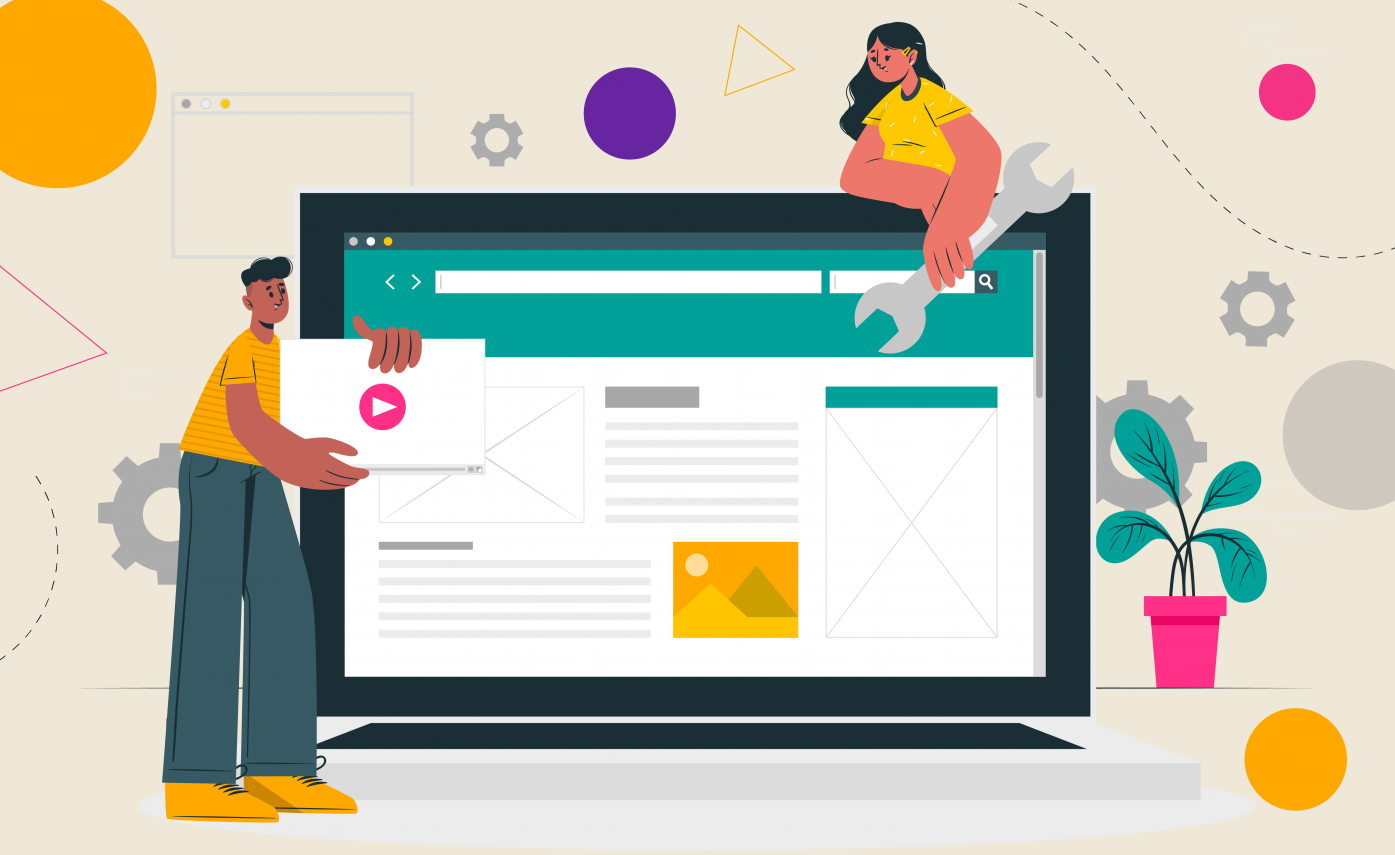What is User Experience and Why It Matters? [Full Guide]
Table of Contents
Introduction
User experience, also known as UX, is a popular process in technology and design. It plays a significant role in ensuring an effective and efficient design, particularly in relation to customer interaction.
Some sources say that the term dates back to the early 1990s and credits a cognitive psychologist by the name of Donald Norman for introducing user experience when he joined the staff at Apple. Norman is considered the User Experience Architect for utilizing user experience to embrace the concept and purpose of human interface research.
Despite having been around for years, though, many still do not completely understand the concept and purpose of user experience. There are still several people who don’t know why UX is crucial in the technology and design process.
What is User Experience?
User experience is a term that holds many meanings, depending on which aspect of the product development process it is used.
UX refers to the way people interact when they use a product. For example, when you’re driving your car, you turn on the ignition switch, so you interact with that switch. Your experience will depend on certain aspects of the product, including but not limited to the material, colour, ease of use, appearance, and other essential design factors.
In digital design, user experience refers to the factors that affect how a user or customer interacts with a particular product. Every time someone uses a digital product, they pay attention to how that product makes them feel; how satisfied or unhappy they were with the experience.
Typically, UX is evaluated according to questions that provide insights into users’ activity and interaction with the product. This includes questions that help designers and developers see how their product makes customers behave, feel, and react.
Customers often find themselves asking these questions:
- Does this product offer the value I am looking for?
- Is this product functional and efficient?
- How satisfied am I with the product’s ease of use?
- How convenient is it to use the product?
- How pleasant has my experience been?
The typical characteristics of a digital product with good UX are:
- It is useful
- It is usable
- It is desirable
- It is accessible
- It is findable
- It is credible
- It is accessible
User experience is also about developing a product and improving or optimizing it to increase customer satisfaction. It is about making everything easier for the customer so that every product experience is always enjoyable and satisfactory.
UX is not only about keeping the customers happy, though. It is not only about design. It is about prioritizing customers and creating a unique, satisfying, user-centred product. It is about putting the customers in the front row and empathizing with them in creating the digital product’s hows, whys, and whats.
User experience design or UX design is about developing responsive web design that creates consistently positive user experiences across various devices, such as mobile/smartphones, desktops, and tablets. It understands and adjusts to each of the device’s goals.

For example, if a designer is creating UX for a retailer’s website, the goal should be to improve the checkout experience. Products should show after only a click or two, and the checkout process should not take more than two steps to complete. This convenience should carry on through other devices as well.
Developing good user design and experience is also about ensuring that all content is legible regardless of the device used.
While user design cannot be designed per se, UX designers know which conditions or design elements are needed to solicit positive impressions. Essentially, a user experience designer creates a design for user experience or features that elicit positive reactions – such as a pleasurable experience.
Important User Experience Factors to Remember
- User experience is not only about the user; it is also about a business’s goals and needs.
An improved and optimized user experience helps boost a business’s online presence and reputation by ensuring customer interaction and satisfaction. The more people visit the website, the more potential leads and conversions get in.
For example, if an e-Commerce website has had complaints in the past about customers who found the checkout process too long, UX designers will work to improve the process. By cutting short the long checkout process (i.e., from five steps to only two), they effectively optimize and satisfy customers, bringing in more sales.
If customers love a product, it will be easy for businesses to achieve their goals.
- User experience design is not an overnight process, and it can also cost a lot.
UX is an innovative marketing strategy, so it is expected to cost money. But if businesses want to take their website (and company) to the highest level in customer experience, user experience should be a priority. However, success is a process; it is not an overnight thing – just like any other marketing strategy. User experience design is an evolving, ongoing process. A good example of this is the Nokia phone.
Before mobile interactions were introduced, Nokia was way up in the success ladder, almost untouchable. When Apple came out with the highly innovative iPhones, Nokia slowly faded out of the picture.
- User experience design focuses on understanding people.
A good UX designer spends time studying the actions of website visitors. If they do not understand people or exert efforts to do so, they won’t be able to come up with an efficient, effective, and satisfying design.
UX designers must know and understand what customers want and need and what their behaviours mean in terms of their perception and use of a particular product.
Why UX Matters
User experience matters a lot because users – or customers – are an integral part of business success.
To keep them satisfied, entice them to become repeat customers, and gain their trust, businesses need to give them a product they will enjoy and find useful, convenient, easy-to-use, desirable, and credible.



